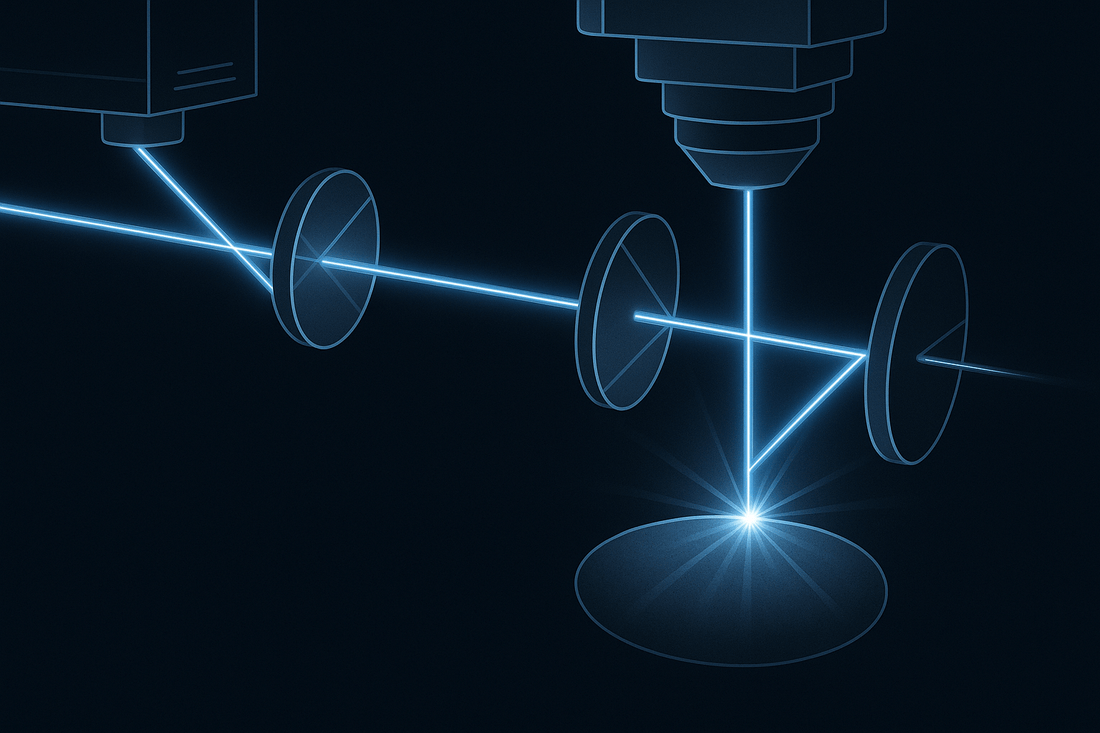
The Ultimate Guide to Fiber Laser Frequency
Fiber lasers are a crucial component in various industries, from manufacturing to medical devices. Understanding the frequency of a fiber laser is essential for optimizing its performance. In this ultimate guide, we will delve into the intricacies of fiber laser frequency and its significance.
What is Fiber Laser Frequency?
Fiber laser frequency refers to the rate at which the laser emits pulses of light. It is measured in hertz (Hz), indicating the number of pulses per second. The frequency of a fiber laser plays a critical role in determining its power output and efficiency.
Factors Influencing Fiber Laser Frequency
Several factors can influence the frequency of a fiber laser, including the type of gain medium used, the cavity design, and the pumping mechanism. By adjusting these parameters, manufacturers can fine-tune the frequency of the laser to meet specific application requirements.
Importance of Optimizing Fiber Laser Frequency
Optimizing the frequency of a fiber laser is crucial for achieving maximum performance. By operating the laser at the right frequency, users can enhance its efficiency, precision, and reliability. Additionally, optimizing the frequency can help minimize energy consumption and reduce maintenance costs.
Applications of Fiber Laser Frequency
The frequency of a fiber laser is a key factor in determining its suitability for various applications. High-frequency lasers are ideal for cutting and engraving materials with high precision, while low-frequency lasers are more suitable for welding and surface treatment. By selecting the right frequency, users can achieve optimal results in their specific application.
Frequency Modulation in Fiber Lasers
Frequency modulation is a technique used to vary the frequency of a fiber laser over time. This modulation can be used to achieve specific effects in laser processing, such as controlling the depth of laser ablation or creating intricate patterns. By modulating the frequency, users can expand the capabilities of their fiber laser system.
Conclusion
In conclusion, understanding and optimizing the frequency of a fiber laser is essential for maximizing its performance and versatility. By considering the factors that influence frequency, users can tailor their laser system to meet the demands of their specific application. Whether it's cutting, welding, or engraving, the right frequency can make all the difference in achieving superior results.
